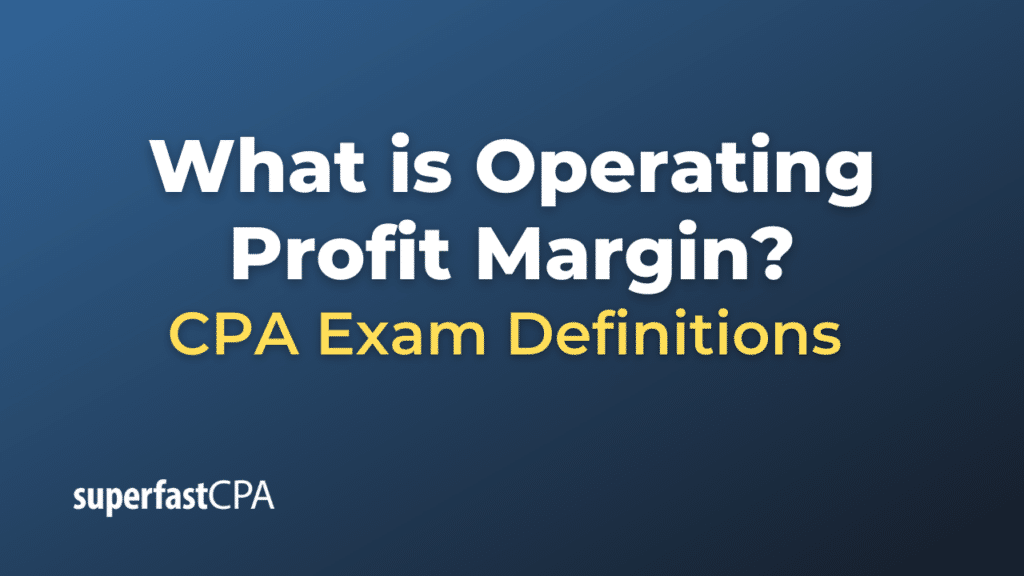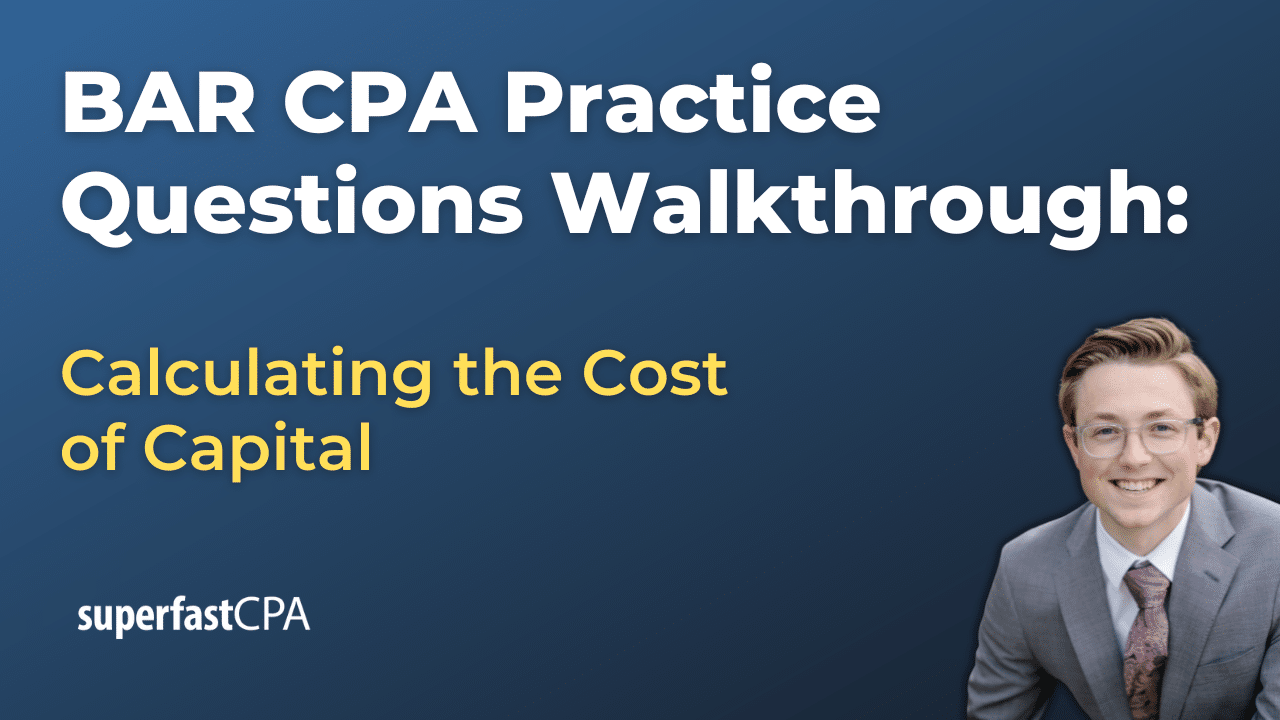Operating Profit Margin
Operating profit margin, also known as operating margin, is a profitability ratio that shows what percentage of a company’s revenue is left over after deducting all operating costs directly associated with the production of goods or services.
It’s calculated by dividing the operating income (or operating profit) by the net sales (or revenue) and then multiplying by 100 to express it as a percentage.
The formula is as follows:
Operating Profit Margin = (Operating Income / Revenue) * 100%
Here,
- Operating Income is the profit that a company makes from its core operations. It’s calculated by subtracting all operating expenses (like the cost of goods sold, salaries, rent, etc.) from the company’s total revenues.
- Revenue refers to the total receipts from selling a firm’s goods and services.
The operating profit margin is an important measure because it shows how much profit a company makes from its core business before accounting for interest and taxes. A higher operating margin indicates that the company is more efficient at converting sales into actual profit.
It’s important to compare the operating margins of companies within the same industry, as different industries have different cost structures and operating characteristics. It’s also valuable to track changes in a company’s operating margin over time to identify trends in profitability.
Example of Operating Profit Margin
Suppose we have a tech company, TechXYZ, with the following financials for the year:
- Revenue (Net Sales): $500,000
- Operating Expenses (including costs such as wages, raw materials, office rent, etc.): $350,000
First, we’ll need to calculate the Operating Income:
Operating Income = Revenue – Operating Expenses
Operating Income = $500,000 – $350,000
Operating Income = $150,000
Now, we can calculate the Operating Profit Margin:
Operating Profit Margin = (Operating Income / Revenue) * 100%
Operating Profit Margin = ($150,000 / $500,000) * 100%
Operating Profit Margin = 30%
So, TechXYZ has an operating profit margin of 30%. This means that for every dollar of revenue, it retains 30 cents as operating profit before accounting for interest and taxes.
Remember, a high operating profit margin is generally better, as it indicates the company is effective at controlling its operating costs and efficiently generating profit. However, to understand whether 30% is good or not, we’d need to compare it to other similar companies or the industry average. If the average in the tech industry is 25%, TechXYZ is more effective at generating operating profit. But if the average is 35%, TechXYZ might need to work on reducing its operating expenses or increasing its revenue.













